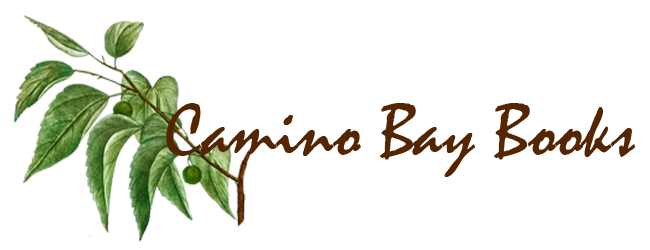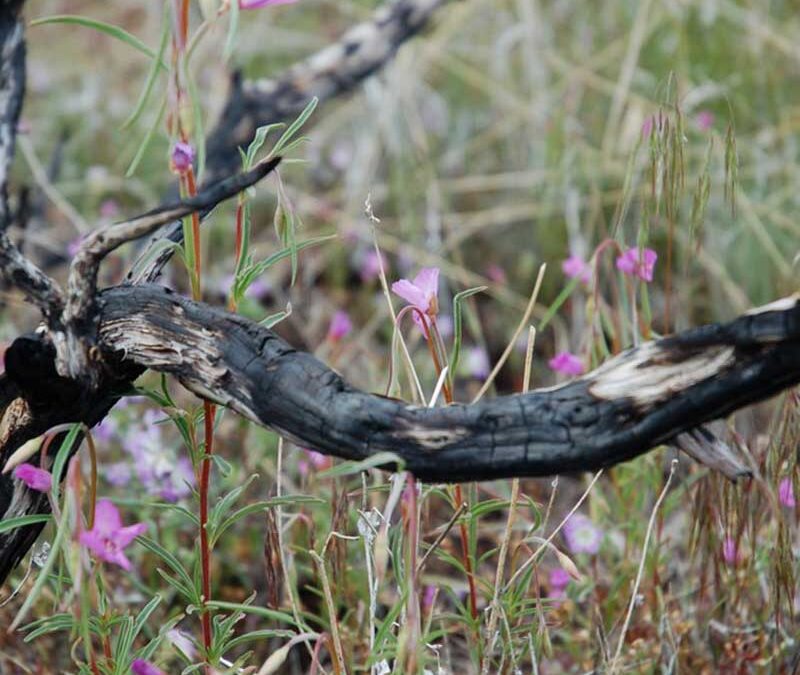And these very conditions mean that some forests will not come back, and more landscapes will turn to arid and semiarid grassland. Each year more of what’s left will burn. A few days ago, I studied a U.S. drought map and the entire West was in some degree of drought and much of that not merely a recent phenomenon; at my home on the North Coast we are ending our second rain season at approximately half of normal and some say we’re actually in a multi-decades drought that is only interrupted from time to time with rainy years. As for here and now, though, nine months have made a significant difference; grasses and a few forbs are returning and in a first brief walk I’ve counted three species of wildflowers. I had speculated that maybe some of the juniper would regenerate since their burning seemed superficial, but that was wrong-headed optimism, at least at first glance; I’ve seen nothing to justify it and in retrospect it sounds naïve. Still, what was consistent darkness, but for a few areas and trees that due to the vagaries of wind had survived the surrounding conflagration, today has a soft green glow decorated with occasional glitter of purple and yellow flowers. The distant view across the relatively flat land north of here is still mostly of those dark sentinels, but closer by signs of better days coming are clear. If we weren’t still in drought, I’m sure it would be even better. But no complaints; the sight before me is like a smile returned to the face of a depressed friend whose grief has yielded to time. Tomorrow I will walk farther and see more.
Photo from Lava Beds National Monument Park Service


